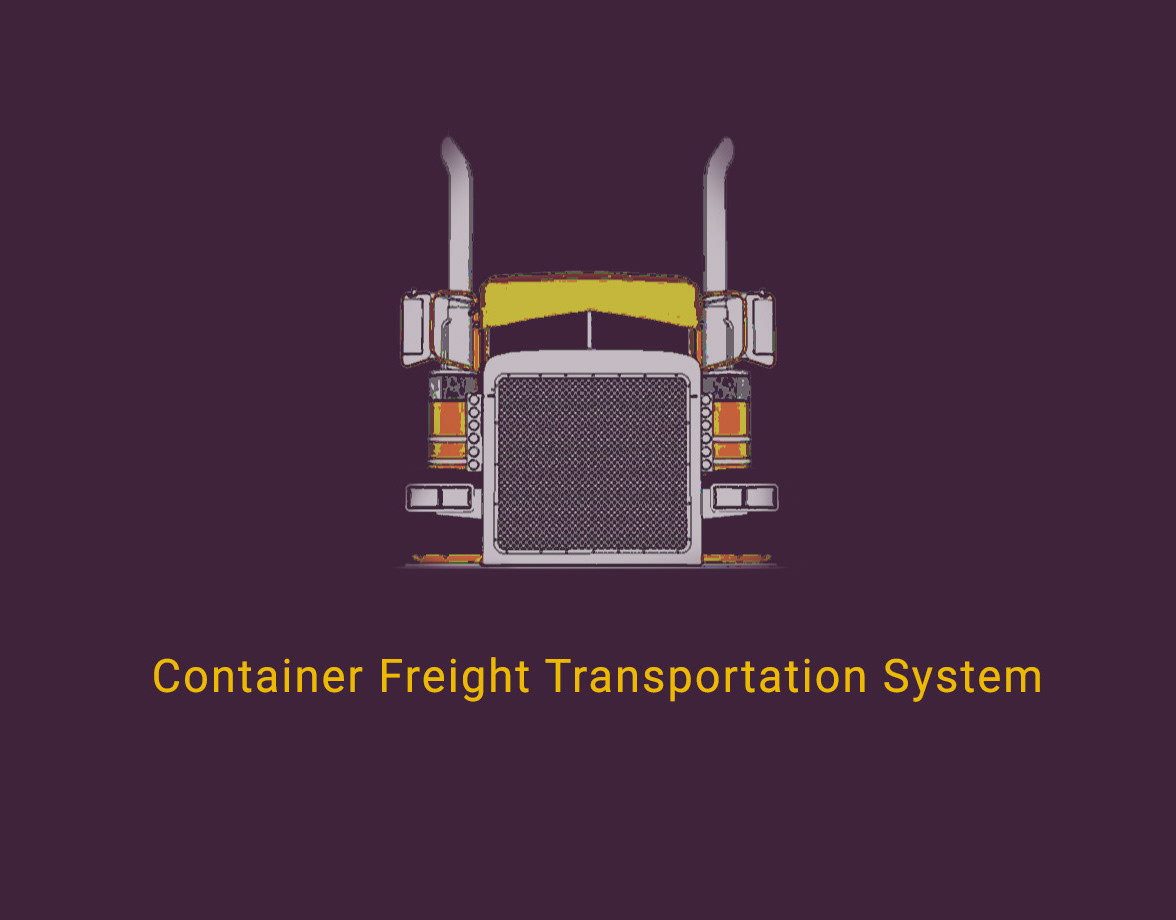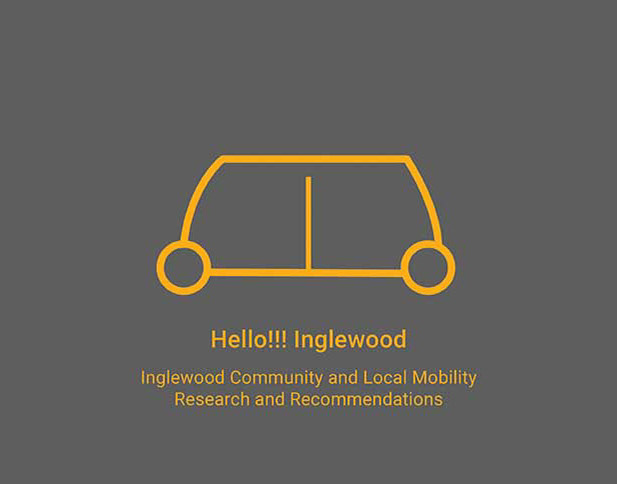EMERGENCY SYSTEM
System designed to enhance work efficiency and safety on the roads.
BRIEF
To improve the medical emergency dispatch system and facilitate road safety.
Project Timeline : 4 months
Role : Experience Designer
Role : Experience Designer
PROBLEM SPACE
Current Scenario
Emergency system is all about communication, whether it is between dispatch center and the emergency spot or between emergency vehicles and the traffic, the current system has its own ways of communication.
Challenges
Various problems were identified in the current system and the communication challenges between the ambulance and other street users is picked up as an opportunity space.
Point of View
‘A better communication between emergency vehicles and other vehicles on the road will give a safer and efficient emergency ecosystem.’
Stakeholder Problems
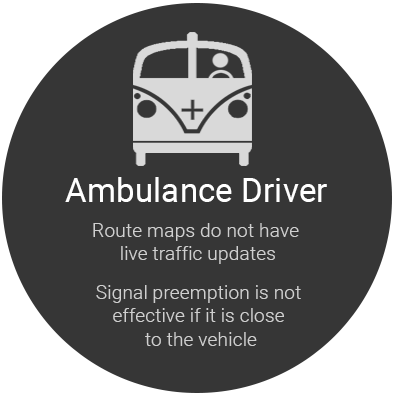
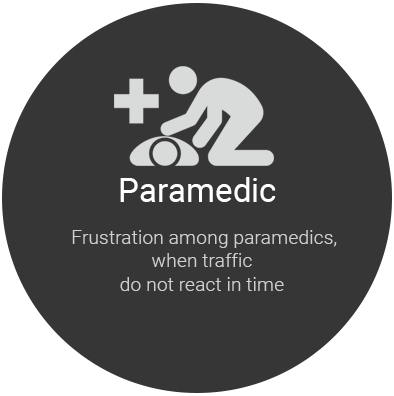
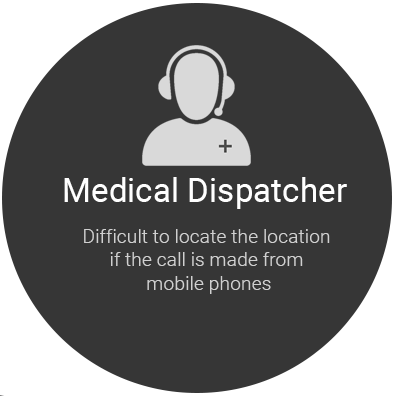
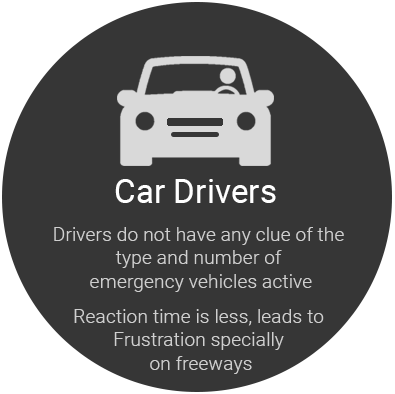
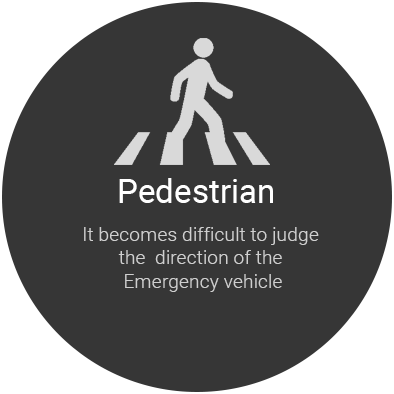
OPPORTUNITY SPACE
Current Light & Sound system in the emergency vehicles is not efficient enough to communicate appropriate information with the traffic, which reduces system efficiency and creates frustration at both ends.
‘Therefore, the ideal solution will alleviate frustration and increase efficiency
of the emergency ecosystem’
of the emergency ecosystem’
SOLUTION
A Connected System will effectively be able to locate the emergency location and communicate with the concerned stakeholders.
Interface design
Ambulance Driver Point of View
Ambulance driver hardly have time to see the navigation screen, usually the drivers are trained and know which is the best possible route to take. This map is for the support staff who usually sits next to the driver, who look for new appointments and priorities based on the severity of the situation.
Ambulance Driver Point of View
Ambulance driver hardly have time to see the navigation screen, usually the drivers are trained and know which is the best possible route to take. This map is for the support staff who usually sits next to the driver, who look for new appointments and priorities based on the severity of the situation.
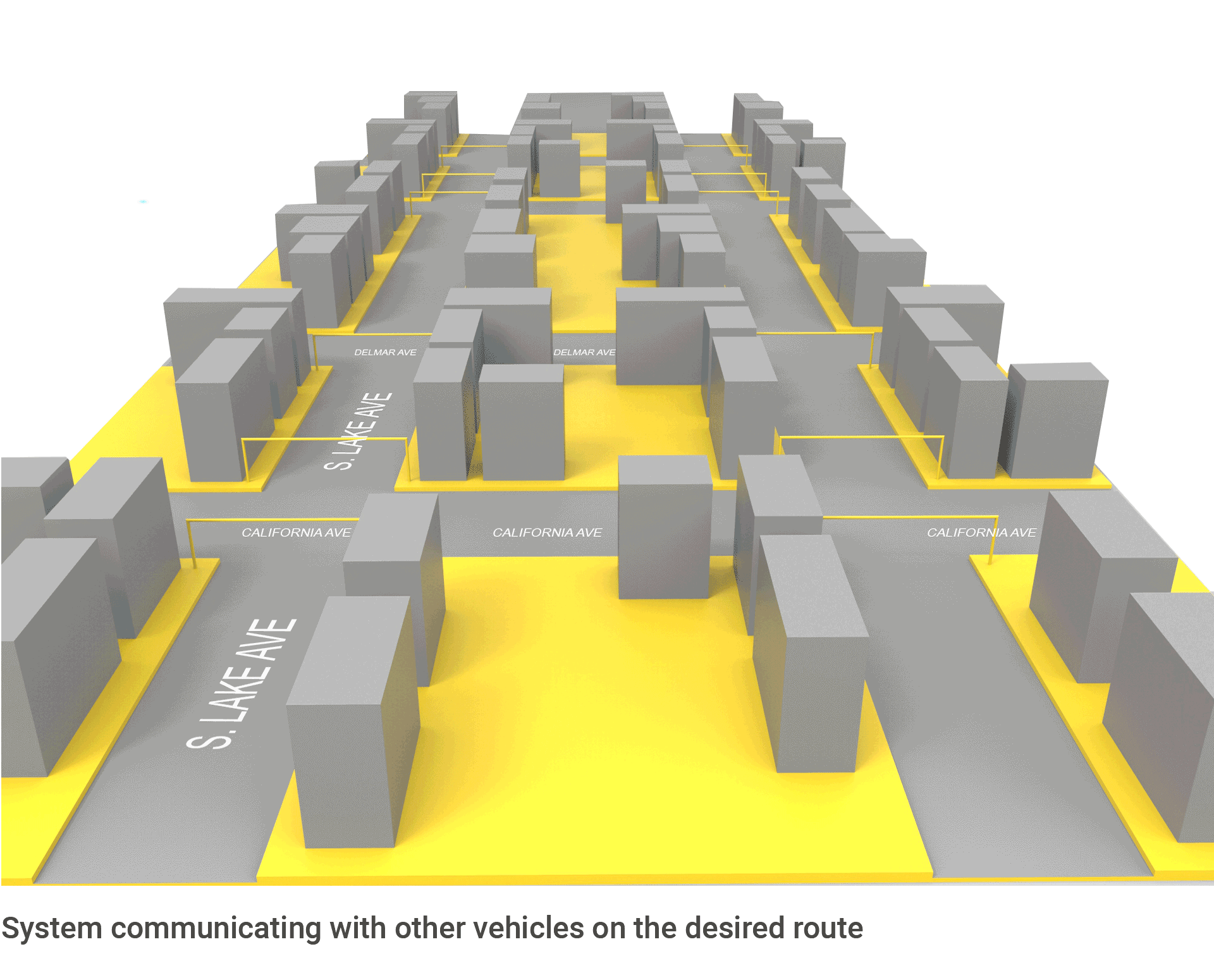
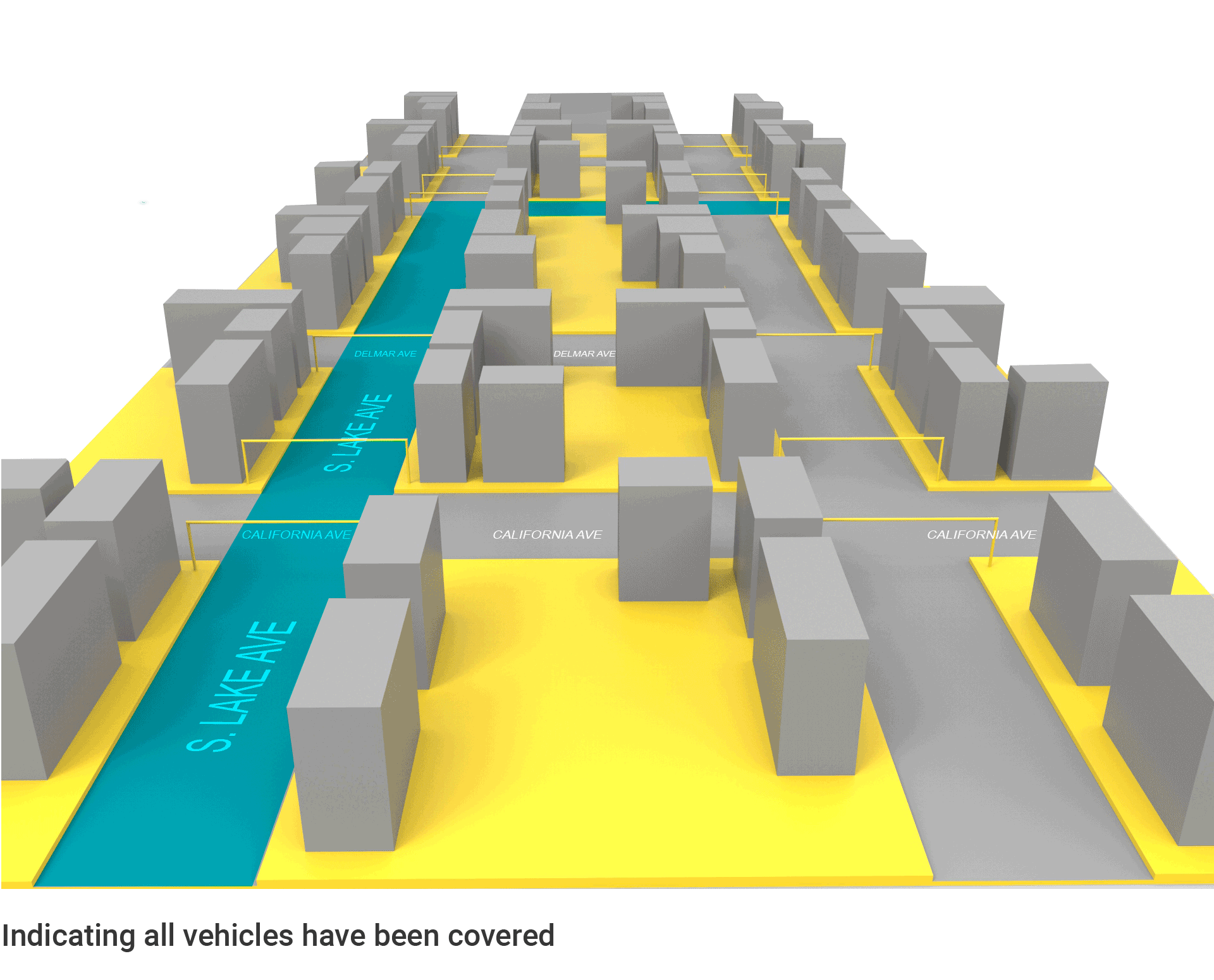
'Usually blind spots are created at the intersections during the pursuit,
therefore the system communicates with the car drivers in
real time and provide transparency at the intersections to the ambulance driver'
therefore the system communicates with the car drivers in
real time and provide transparency at the intersections to the ambulance driver'
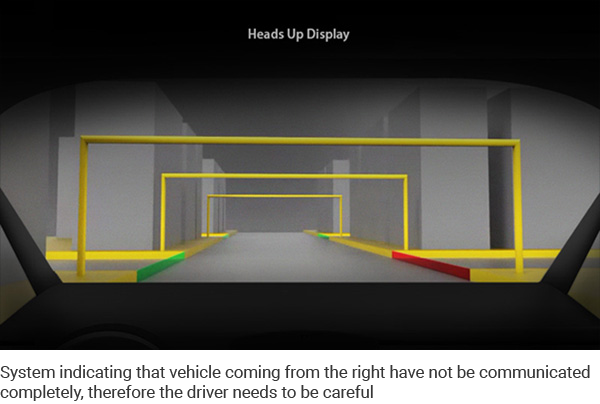
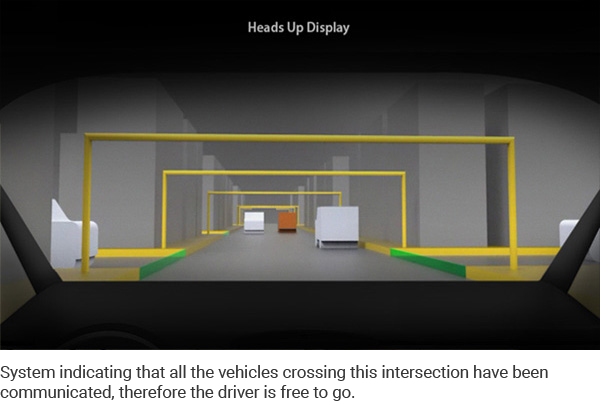
Car Driver Point of View
Once the ambulance driver selects the route, the system communicates with all the car drivers that would cross that route, the system would update the information to the car drivers which would include the direction from which the ambulance is coming and the number of ambulance action at that time.
Once the ambulance driver selects the route, the system communicates with all the car drivers that would cross that route, the system would update the information to the car drivers which would include the direction from which the ambulance is coming and the number of ambulance action at that time.
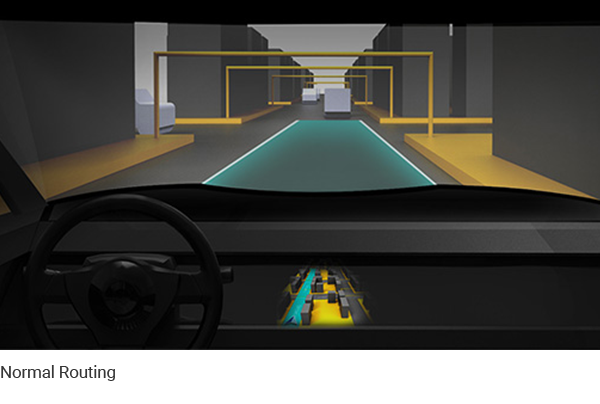
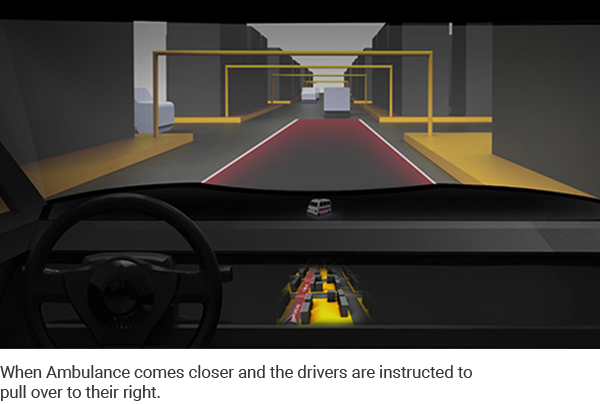
Product Execution Time-line
The system proposed earlier requires implementation of vehicle to vehicle and vehicle to infrastructure technology, which is not there yet and to make this system effective at least 40 % of vehicles should be equipped with this technology and that will take at least 7-8 years based on current car manufacturing cycle.
'But We Do Not Have to Wait For 10 Years to Save Lives’
Mobile Alert Notification
Leveraging Amber Alert System, this will just be an upgrade to the existing amber alert system.
RESEARCH & METHODOLOGY
Research includes both qualitative and quantitative analysis of the current emergency dispatch system. This required a study of current system and finding major communication problems. A round of focused group interviews were done to quantify the severity of various problems in the system. One problem is picked to define the scope of the project under the given time.
Timeline of the Project
